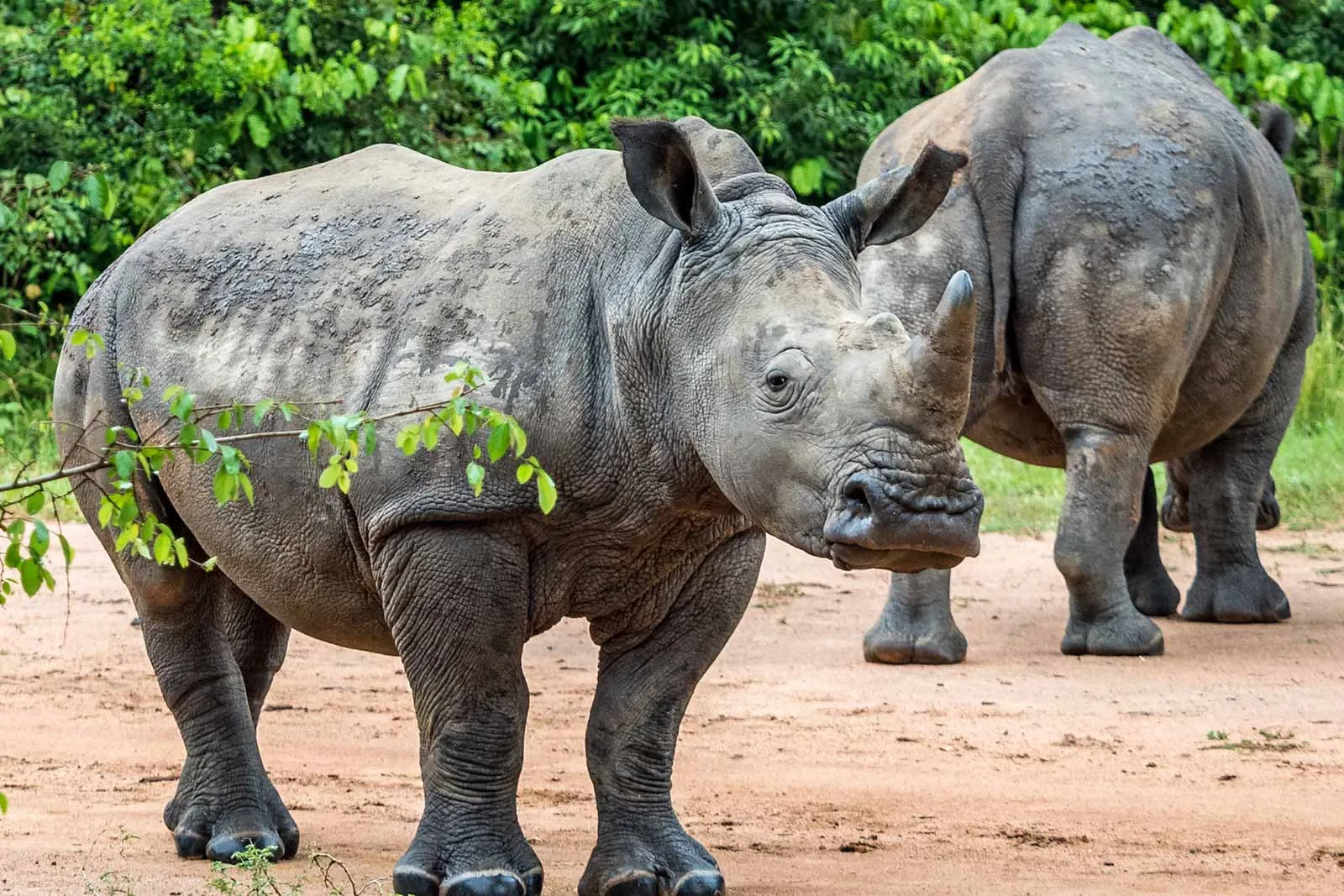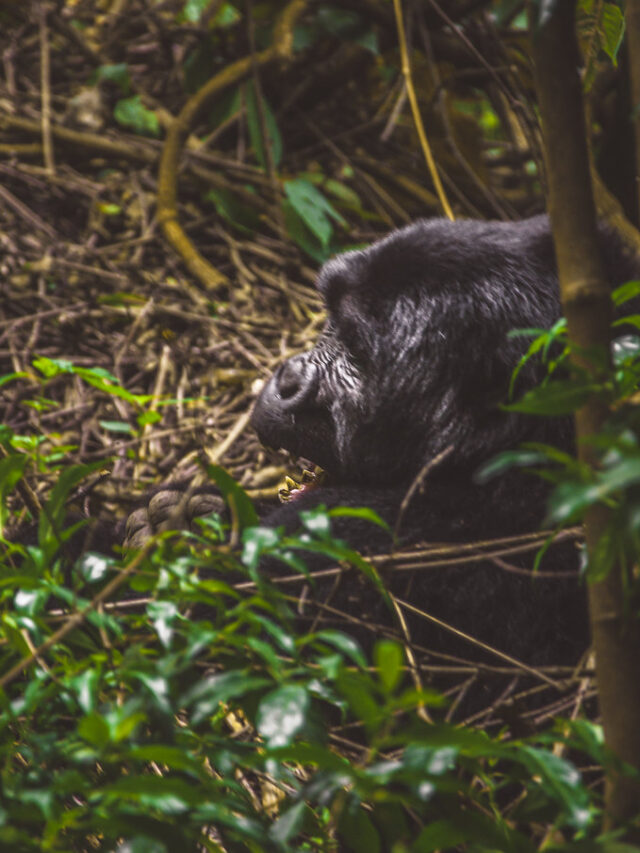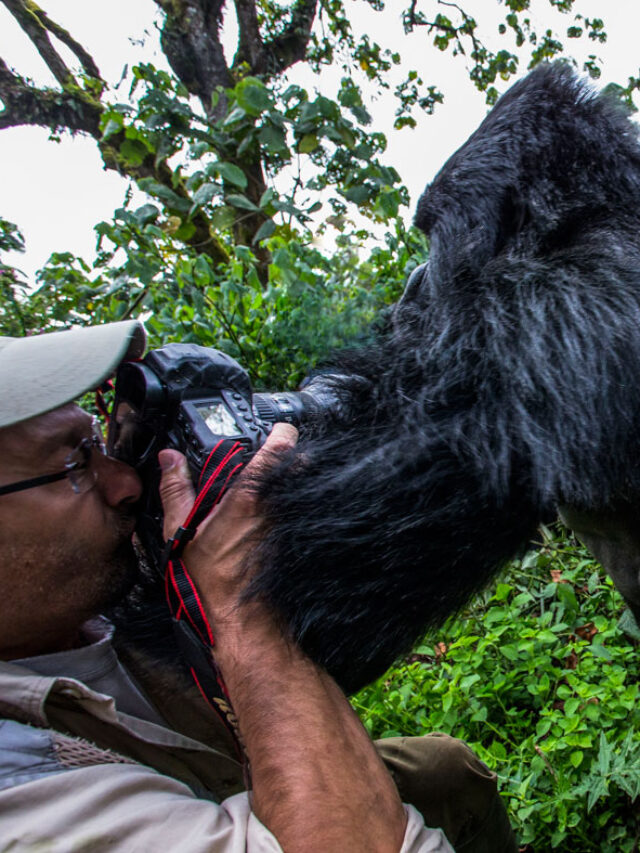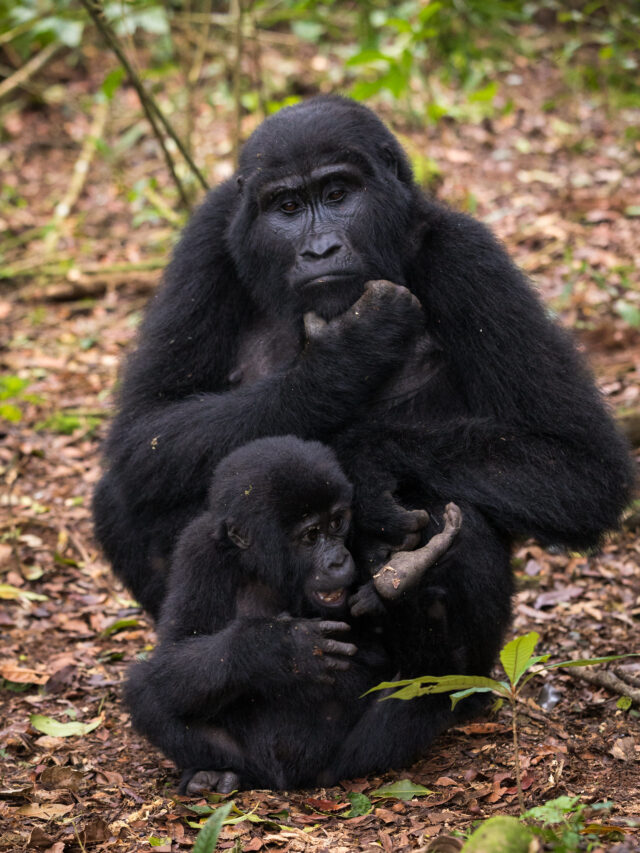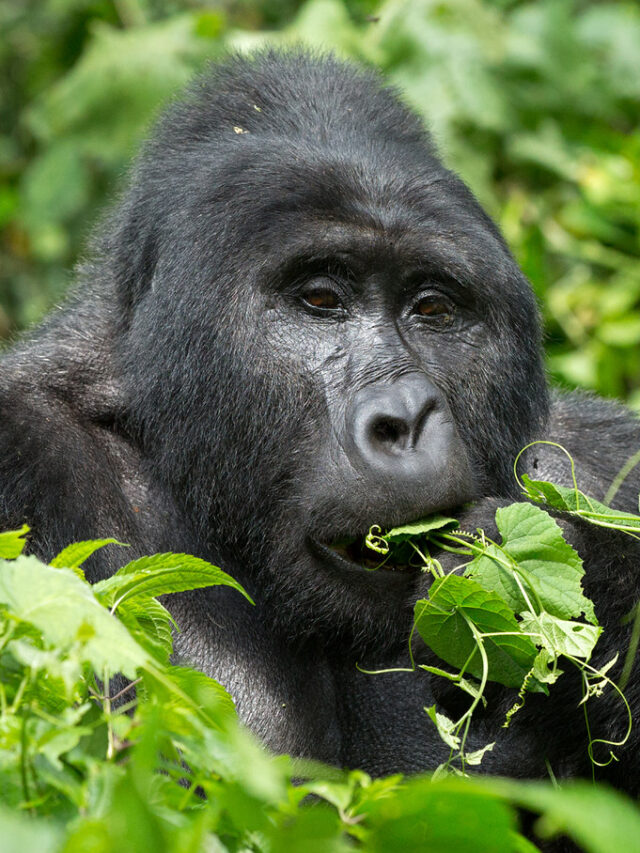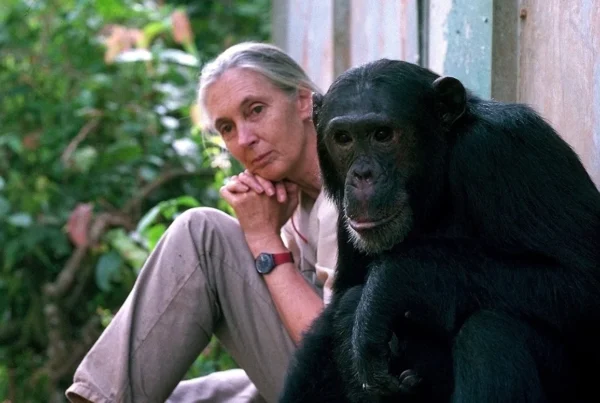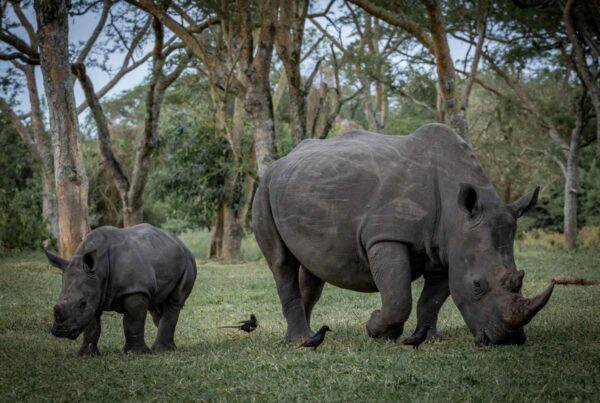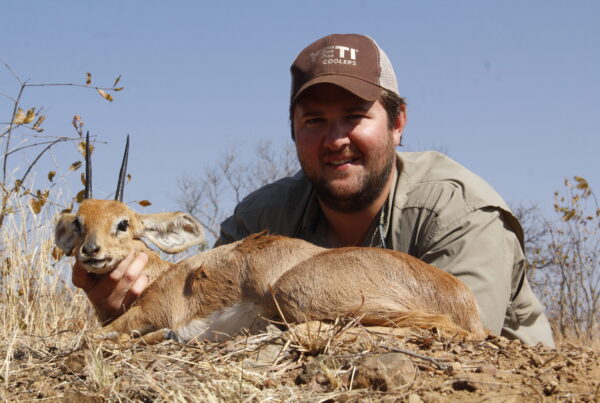The Remarkable Return of Rhinos in Uganda: From Extinction to Revival on a Private Ranch
Rhinos in Uganda — A Journey from Extinction to Hopeful Rebirth
Remarkable Return of Rhinos in Uganda — For over four decades, the majestic rhinoceros has been absent from Uganda’s wild landscapes, a silent victim of poaching, habitat loss, and political turmoil. The last wild rhinos in Uganda were lost nearly 40 years ago, leaving behind a void in the country’s iconic wildlife tapestry. But today, a compelling story of revival is unfolding—not in a national park or government reserve, but on a private ranch where nearly 50 rhinos now roam under careful protection. This unexpected sanctuary offers a beacon of hope for the future of rhino conservation in Uganda and a powerful example of how private initiatives can spearhead wildlife restoration.
The Fall of Uganda’s Wild Rhinos
Rhinos once graced Uganda’s vast savannahs and woodlands, particularly in regions like Murchison Falls National Park and parts of the northern and eastern areas. Their disappearance was swift and brutal. The 1970s and 80s were marked by rampant poaching fueled by the illegal horn trade and a breakdown of law enforcement during times of political unrest. Coupled with expanding human settlements and agricultural encroachment, these pressures eradicated Uganda’s rhino population in the wild.
For decades, the loss of rhinos was accepted as a permanent chapter in Uganda’s conservation history. While neighboring countries like Kenya and Tanzania made strides to protect and rebuild their rhino populations, Uganda lagged behind, with no functioning breeding or reintroduction programs to bring the species back.
A Private Ranch’s Visionary Role in Rhino Conservation
The story took a hopeful turn when a visionary private ranch, located in Uganda’s scenic countryside, embarked on an ambitious mission: to bring rhinos back from the brink within its protected lands. Over recent years, this ranch has become home to nearly 50 rhinos, including both black and white species, nurtured through dedicated breeding, veterinary care, and habitat management.
Unlike government-run reserves, this private sanctuary benefits from a focused and flexible management approach, allowing rapid responses to the complex needs of rhino care. Security measures are stringent, combining anti-poaching patrols with advanced monitoring technologies. The ranch also fosters collaboration with local communities to ensure coexistence and shared benefits, reinforcing the sustainability of conservation efforts.
Breeding Success and Population Growth
The private ranch has seen impressive successes in breeding, contributing significantly to Uganda’s broader wildlife restoration ambitions. Rhinos, known for their slow reproductive rates and specific habitat requirements, need carefully managed conditions to thrive. Through expert veterinary interventions, nutritional support, and habitat enrichment, the ranch has created an environment where rhinos can reproduce and raise calves safely.
This steady increase in rhino numbers demonstrates that with the right protection and resources, Uganda’s climate and ecosystems are suitable for rhino recovery. The ranch’s thriving rhino population now serves as a genetic reservoir, vital for any future plans to reintroduce rhinos into Uganda’s national parks.
Conservation Impact Beyond the Ranch
The rhino population on this private ranch is more than just a collection of animals—it is a powerful conservation statement. The ranch provides a practical model for how private sector involvement can complement government efforts and international conservation programs.
By maintaining a secure rhino population, the ranch reduces pressure on wild habitats, raises public awareness, and generates eco-tourism opportunities that benefit local economies. Educational programs associated with the ranch promote community engagement, wildlife stewardship, and the critical importance of rhino conservation for Uganda’s natural heritage.
Challenges and the Road Ahead
Despite the encouraging progress, challenges remain. Rhinos face ongoing threats globally—from poaching syndicates to habitat loss driven by human development. In Uganda, scaling reintroduction efforts will require carefully negotiated partnerships, funding, and infrastructure to extend protection beyond private lands.
Additionally, ensuring genetic diversity within the rhino population is essential to avoid inbreeding risks. This calls for continued collaboration with regional conservation bodies and potential translocations to and from other East African rhino populations.
The private ranch’s success story must evolve into a nationwide conservation strategy that balances wildlife protection with community needs, fosters law enforcement, and builds sustainable tourism models to support long-term survival.
Why the Return of Rhinos Matters for Uganda
Rhinos are more than wildlife icons—they are keystone species whose presence influences ecosystem health by shaping vegetation patterns and providing prey opportunities for other animals. Their return symbolizes Uganda’s commitment to restoring its full natural heritage, balancing conservation with development.
From a tourism perspective, rhinos represent a coveted attraction, adding diversity and excitement to Uganda’s wildlife portfolio. Their presence alongside gorillas, elephants, and lions can elevate Uganda’s status as a premier destination for safari enthusiasts worldwide.
Moreover, the revival of rhinos embodies hope—a testament to human determination, innovation, and respect for nature’s resilience.

